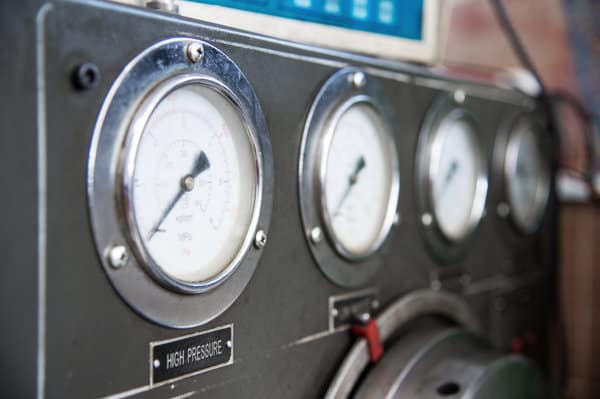Test Cell Retrofits for Quicker, Better Test Results
Test stands are characteristically long-lasting, with extremely durable components giving it a sense of indestructability. The returned value from a hydraulically-enabled durability test stand or electric drives in dyno test stands are enormous, as they are capable of performing engineering tests for decades – assuming that adequate maintenance is carried out regularly. While the hardware of an established test cell might perform perfectly at a given requirement for an extensive period of time, those requirements are fundamentally changing alongside innovations and changes in various fields of engineering. However, replacing an established test stand to keep up with industry trends is a costly investment – while potentially resulting in long lead-in and transition times.
Fortunately, there is an alternative to falling behind current technology, or completely replacing expensive hardware. It is possible to get better test results from your existing system retrofitting your test cells; the bespoke installation of modern hardware and migrating to new intuitive software into an existing test stand system. This has been popular for years, and is currently the preferred method of maintaining cutting edge data measurement in test benches for auto engineers across the world.

